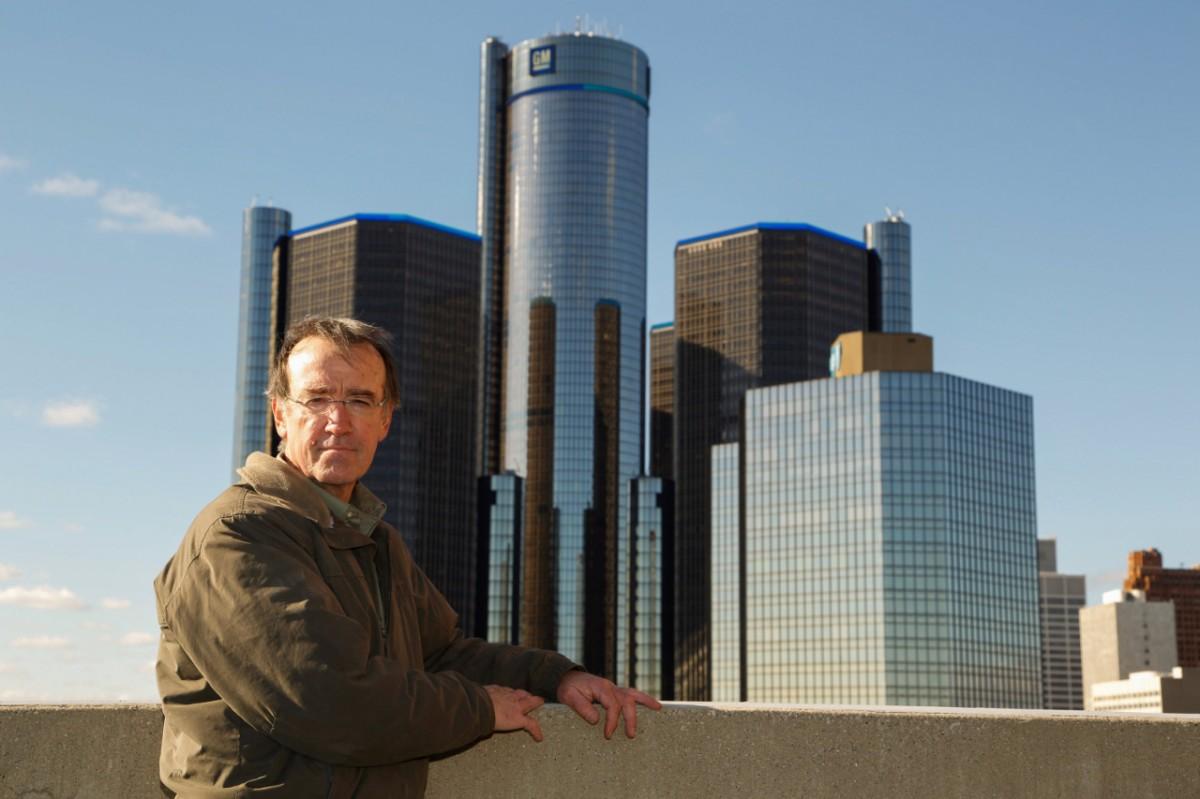GM’s MacGyver Devises Unconventional Uses for Everyday Waste

When life hands you lemons, you make lemonade. When life hands General Motors waste, John Bradburn makes really cool stuff.
Just like TV’s MacGyver, John – GM manager of waste reduction – has a reputation for using ordinary materials in extraordinary ways. But unlike the character on TV, John uses his creativity and resourcefulness to benefit the environment.
John leads GM’s landfill-free initiative, which now counts 110 facilities that recycle, reuse or convert to energy all of their daily waste. We have made significant progress in our waste reduction efforts and continue to improve upon our successful programs and manufacturing processes. Every facility will likely generate some waste, but rather than send it to the landfill, John works with a large network of suppliers and the GM team to engineer several creative reuse projects that reduce GM’s environmental footprint.
How does John do it?
“The first step is to reframe how you think of waste,” John says. “At GM, we view waste as a resource out of place. When we look at waste streams from our facilities, we don’t ask how do we dispose of this waste, we ask how can we find a better use for it.”
Equipped with this mindset and a little creativity, John begins by experimenting with materials at his workshop. He created many of GM’s recycling and reuse prototypes at his home. You needn’t look far to find the evidence. On John’s 46 acres of land are two sheds built from scraps of shipping pallets, four wetlands teeming with wildlife and 19 Chevrolet Volt battery covers transformed into nesting boxes for wildlife.
“I tested out the very first nesting box here,” he recalls. “It only took a couple of weeks for a hooded merganser to make it his home.”
There are several examples of how he helps give common manufacturing waste a second life: things like turning paint sludge into shipping crates, oil-soaked booms from the Gulf of Mexico into car parts, cardboard into vehicle headliners, and tires and plastic packaging into vehicle air and water deflectors.
Taking an idea and implementing it is not accomplished by John alone, of course. Collaboration is a key component of any waste-reduction program. Environmental engineers and plant managers from GM facilities around the world frequently share best practices of successful ways they reduced waste.
GM also works closely with suppliers to ensure materials used in vehicle production have a smaller impact on the environment.Suppliers Partnership for the Environment, a group GM helped form, collaborates with and mentors members within the automotive supply base on environmental and social issues. The organization recentlypresented John with its inaugural Spirit of Suppliers Partnership Award for his leadership in many collaborative projects he has helped orchestrate.
But the projects that have the biggest and most meaningful impact result from partnerships with local community organizations.
“One project that is near and dear to us is our work with Veronika Scott’s Empowerment Plan where we donate our scrap vehicle sound absorption material as insulation for coats for the homeless,” John says. “We want to help the communities in which we operate as well as the environment. This is a great example of how scrap can be reused for a higher purpose.”
Beat that, MacGyver.

